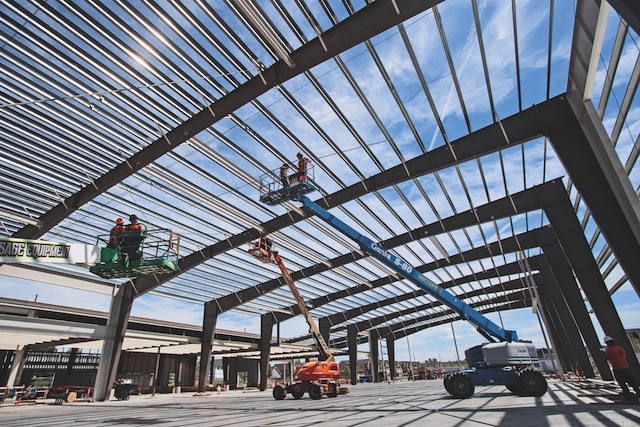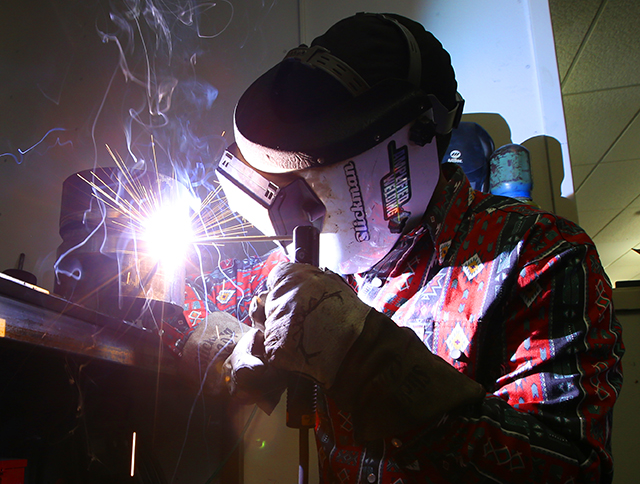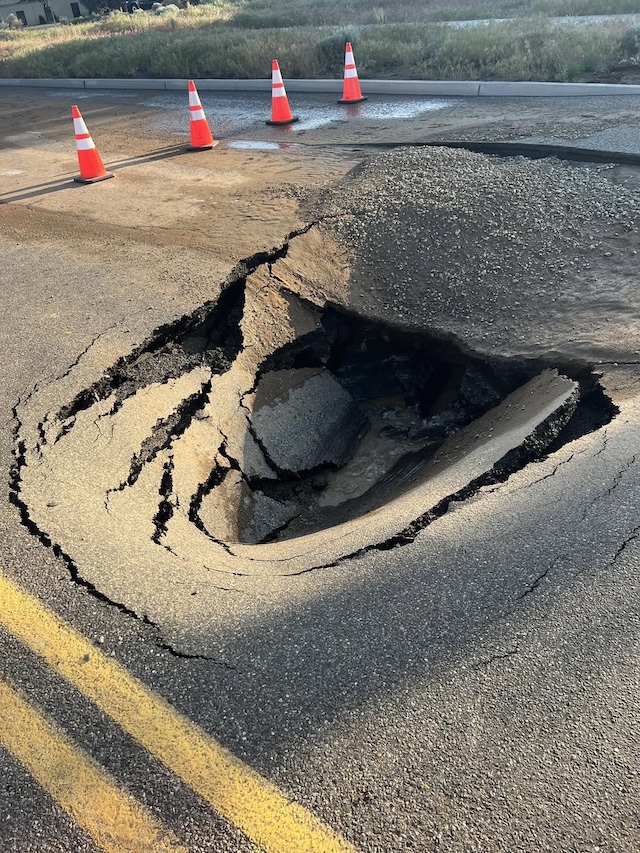Column: Vote in favor of rec center operations levy
Published 7:30 am Thursday, October 10, 2024

- Richard Lance
Suppose you and your spouse have saved for years. You were able to buy a small starter house years ago. Now you want to start a family, so it’s time buy a larger home. You saved again and finally bought that bigger place.
How would you feel if, after you moved in, you found you could barely afford to live there? Turns out that in spite of all your planning, you underestimated the increase in utility costs, maintenance, gas, insurance and other costs of living in your new digs.
People who live in the greater Redmond area are in a similar situation, regarding the new recreation center currently being built. We voted in 2022 for the bond levy to pay for the new building. At the same time, we voted down a companion measure to increase the Redmond Area Parks and Recreation District’s operating levy. Turns out we need both, as they pay for different things.
Let’s start with the bond levy. You want a big new rec center with two swimming pools, a high school size gym, exercise rooms, etc.? You pay for it by selling bonds. When we voted yes in 2022, we agreed to pay a new but modest amount each year on our property tax bill until the bonds are paid off. We do that when we build new schools, too. The bond levy works like a mortgage.
An operating levy is different. It pays for the cost of operating the new building. Our new rec center will be much bigger and more complicated than the old swimming pool. The cost of more staff, higher utilities, additional maintenance, increased insurance coverage, etc., will be considerable. The current operating levy won’t be enough to pay for operating the building and the expanded recreational opportunities (more capacity for swim lessons, lap swim and aerobics going on at the same time in separate pools, recreational swim with a lazy river and water slide, a high school-size gym, etc.) it will offer.
RAPRD knew that all along. That’s why we were asked in 2022, to approve both a bond levy and an increased operating levy. Since we voted for the former and against the latter, we’re in a bind similar to our pretend family above.
What to do? The rec district has three primary tools to use to pay for operating the new center: the operating levy, admission fees and cutting costs. Lets look at them in reverse.
Cutting operating costs is tricky, but the primary path here is to be reduce operating days or hours. That means you have fewer staff hours to pay for. You also cut back some on utilities. It’s not ideal of course — it means fewer people get to use the facility.
Second, RAPRD could increase what it charges us to use our new rec center. I can’t tell you how much more, but it would likely be substantial. That’s because only the people who use the center would be making up the operating revenue short fall.
The advantage of our third path, an increased operating levy, is that it spreads the cost over a much larger number of people. If Measure 9–175 passes in November, all of the property owners in the RAPRD district would contribute more.
How much more? I’ll tell you how much more for me and my wife. For the last tax year, our house had a total assessed value of $125,780. Based on our assessed value, we paid $43.12 for our permanent RAPRD levy. Measure 9–175 would have added $26.41 to our bill.
You can look at your last property tax statement to see how much you paid RAPRD last year.
In summary, How important is it to you to have a new recreation center that is affordable and accessible? Both are very important to me. That is why I’m voting for Measure 9-175 in November. I hope you join me.





